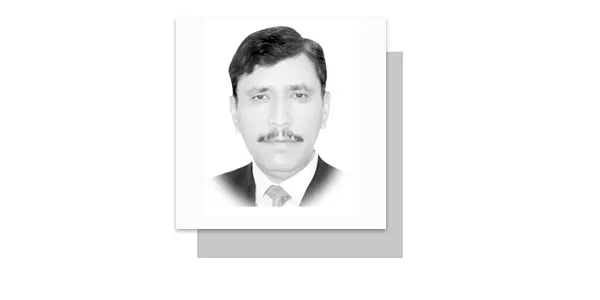THE government’s celebration of a historic low inflation rate of 1% conceals the deeper economic and political costs borne by the people.
While hailed as a success, it has come at the expense of growth and democracy.
The coalition of dynastic parties has failed to justify a 12% policy rate, high taxes on essentials, and the withdrawal of subsidies, leav-ing businesses struggling, households burdened, and investment paralyzed.
Demand suppression has become the guiding principle, ensuring that growth remains elusive and job creation stagnant.
Rather than stabilizing the economy, these measures have boxed it in, shutting down businesses, drying up in-vestment, and depriving citizens of jobs.
The 12% policy rate, intended to curb inflation, has crushed business confi-dence.
With borrowing costs soaring, businesses have halted expansion, cut down their workforce, and put innovation on hold.
Once-thriving industries, especially textiles and construction, have collapsed, leaving behind economic despair.
Entrepreneurs are locked out of credit, unable to bring their ventures to life.
Households, too, have suffered.
With high taxes imposed on food and energy, consumption has dwindled.
Fami-lies are cutting back on essentials, not by choice, but due to policies that see demand as a liability.
The withdrawal of subsidies has further pushed millions toward economic hardship, making mere survival their primary concern.
As demand vanishes, economic momentum follows.
Manufacturing has stalled, construction has declined, and agricul-ture—burdened by rising input costs—has become unviable.
Farmers must choose between producing at a loss or abandoning cultivation.
Unemployment has surged, leaving young graduates with no prospects.
The working class, once financially stable, now struggles with shrinking wages and disappearing opportunities.
While the government boasts about price stability, the reality is widespread despair.
The obsession with revenue collection has led to an over-reliance on indirect taxes, disproportionately affecting the middle and lower classes while shielding the wealthy elite through tax loopholes and exemptions.
Meanwhile, investment has stagnated.
The high-interest rate policy has deterred new business ventures and foreign investment, leaving capital frozen instead of flowing into the economy.
Every measure taken to suppress inflation has only deepened the economic crisis, making recovery increasingly difficult.
Beyond economics, the curbing of demand has coincided with a shrinking democratic space.
Media censorship, sup-pression of dissent, and restrictions on public protests ensure that economic grievances go unaddressed.
Those who question the government’s policies are silenced, further eroding accountability.
A government that suppresses dis-course exposes its own weaknesses.
When citizens are denied the right to protest against high taxes, energy costs, and joblessness, democracy itself is under siege.
Pakistan needs more than manipulated statistics and empty rhetoric.
The country requires a shift from austerity to economic revival—lowering interest rates to spur investment, implementing progressive taxation that targets wealth rather than survival, and restoring targeted subsidies to protect vulnerable communities.
Business expansion must be encouraged through favourable credit policies, while democratic rights must be reinstated to allow open debate on economic policies.
Without these steps, Pakistan will remain trapped in stagnation and repression, its economy in decline and its democracy under threat.
—The writer is a political analyst, based in Islamabad. (riaz.missen@gmail.com)










